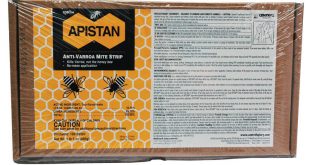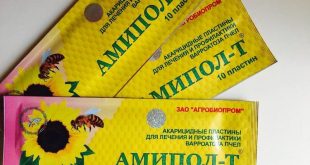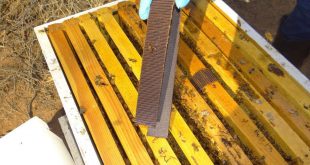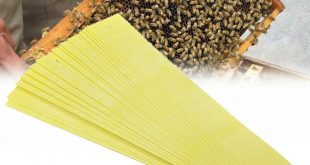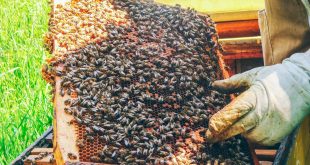Beekeepers, consider the pros and cons of Mann Lake DC665 Apistan Strips for Varroa mite control. Effective yet with potential for resistance and wax residue, they're a short-term solution. Use them wisely outside of honey flow and vary treatments for long-term hive health. #Beekeeping #VarroaMites #ApistanStrips
Read More »Amipol T Prevention of Varroosis Review
Beekeepers, explore Amipol T strips for Varroa mite control: a blend of amitraz and thymol that promises efficacy and bee safety. 🐝 Remember, it's potent yet requires careful handling and is not for use during honey flows. Combine with other methods for a thorough defense. #BeeHealth #VarroaControl
Read More »Mann Lake DC301 Hop Guard Varroa Mite Treatment Review
Looking for a natural Varroa mite treatment? 🐝 Mann Lake's Hop Guard offers a hop-based, bee-safe solution that fits seamlessly into your beekeeping routine. But, keep an eye on efficacy and bee health. It's a green step towards mite control, yet vigilance is key. #Beekeeping #VarroaMites #NaturalTreatment
Read More »Using Fluvalinate for Varroa Mite Treatment
Beekeepers, Fluvalinate strips offer a potent Varroa mite control with up to 100% efficacy, but be mindful of resistance risks. 🐝 Safe for bees and easy to apply, they're a strong ally when used as part of an integrated approach. Remember, not during honey flow! #Beekeeping #VarroaControl #Fluvalinate
Read More »Formic Acid vs Oxalic Acid Comparison
Discover the pros and cons of using formic and oxalic acid in your fight against Varroa mites with @BeeKeepClub's comprehensive guide. Learn about the effectiveness, application methods, and safety measures for each treatment to make an informed decision for your hives. Remember, responsible use is key to protecting your bees and yourself! #Beekeeping #VarroaMites #BeeHealth 🐝🛡️
Read More » BeeKeepClub Resources and Guides for Beekeepers
BeeKeepClub Resources and Guides for Beekeepers

